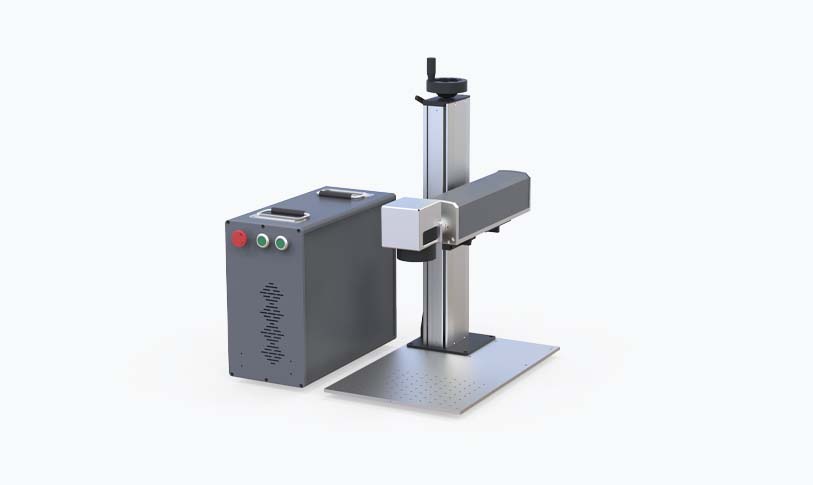In recent years, the evolution of materials used in manufacturing has been significantly influenced by advancements in technology and a heightened awareness of environmental concerns. One of the most noteworthy developments in this area is the introduction and integration of LMCV4 fiber. This innovative material stands out due to its unique properties and versatility, positioning it as a fundamental component in various industries, from textiles to automotive manufacturing.
LMCV4 fiber is characterized by its lightweight nature and remarkable strength-to-weight ratio. These properties make it an ideal choice for applications where reducing weight is crucial without compromising on durability. For example, in the automotive and aerospace sectors, manufacturers are continuously seeking ways to enhance performance while minimizing fuel consumption. By utilizing LMCV4 fiber, vehicles and aircraft can achieve better fuel efficiency due to their lower overall weight, leading to reduced emissions—a key factor in improving sustainability.

Exploring the Versatility and Benefits of LMCV4 Fiber in Modern Manufacturing and Sustainable Practices

Exploring the Versatility and Benefits of LMCV4 Fiber in Modern Manufacturing and Sustainable Practices
Another significant advantage of LMCV4 fiber is its excellent tensile strength. This means that products manufactured with this fiber can withstand higher stress and strain, which is essential for many applications. In construction, for instance, LMCV4 fiber-reinforced composites can be utilized in structures that require high strength and durability, such as bridges and buildings. The ability of LMCV4 fiber to combine with other materials enhances the performance of concrete and plastics, leading to safer, longer-lasting constructions.
Moreover, the versatile nature of LMCV4 fiber allows it to be incorporated into various fabrics and textiles. This has made it increasingly popular in the fashion industry, where it is used to create lightweight yet robust garments. Designers appreciate the adaptability and creative possibilities LMCV4 fiber provides. Its ability to be dyed and treated with various finishes makes it suitable for a wide range of fashion styles and applications, from outdoor gear to high-end apparel. Additionally, the fiber’s breathability and moisture-wicking properties position it as an excellent choice for athletic wear, enhancing comfort and performance for athletes.
Sustainability is another critical factor driving the popularity of LMCV4 fiber. As consumers become more environmentally conscious, manufacturers are challenged to provide eco-friendly alternatives to traditional materials. LMCV4 fiber is often produced using sustainable methods, making it a compelling choice for businesses looking to reduce their carbon footprint. Furthermore, its durability means that products made from LMCV4 fiber have a longer lifecycle, resulting in less waste over time. The fiber’s recyclability also poses an advantage, as it can be reprocessed and transformed into new materials, aligning with the principles of the circular economy.
In addition to its application in textiles and construction, LMCV4 fiber is making inroads in the electronics industry. The lightweight and high-strength features make it suitable for protective casings for electronic devices, ensuring they can endure the rigors of daily use while remaining stylish and functional. Its insulating properties contribute to the safety and efficiency of electronically-driven products, a trend that continues to expand as technology advances.

Exploring the Versatility and Benefits of LMCV4 Fiber in Modern Manufacturing and Sustainable Practices
The production processes involved in manufacturing LMCV4 fiber have also been refined, with a strong focus on energy efficiency and waste reduction. As industries strive to meet increasingly stringent regulations regarding emissions and waste, the use of LMCV4 fiber offers a viable solution that benefits not only manufacturers but also the wider community and environment.
In conclusion, LMCV4 fiber demonstrates remarkable potential across a variety of sectors, driven by its lightweight strength, durability, and sustainability. As industries continue to innovate and adapt to modern challenges, the role of LMCV4 fiber is expected to grow, setting new standards in manufacturing and responsible practices. The future appears bright for LMCV4 fiber as it leads the charge toward smarter, greener industry solutions, ultimately benefiting both businesses and consumers alike. With ongoing research and development, we can anticipate even more exciting applications and advancements associated with this remarkable material in the years to come.good 3d printer software
